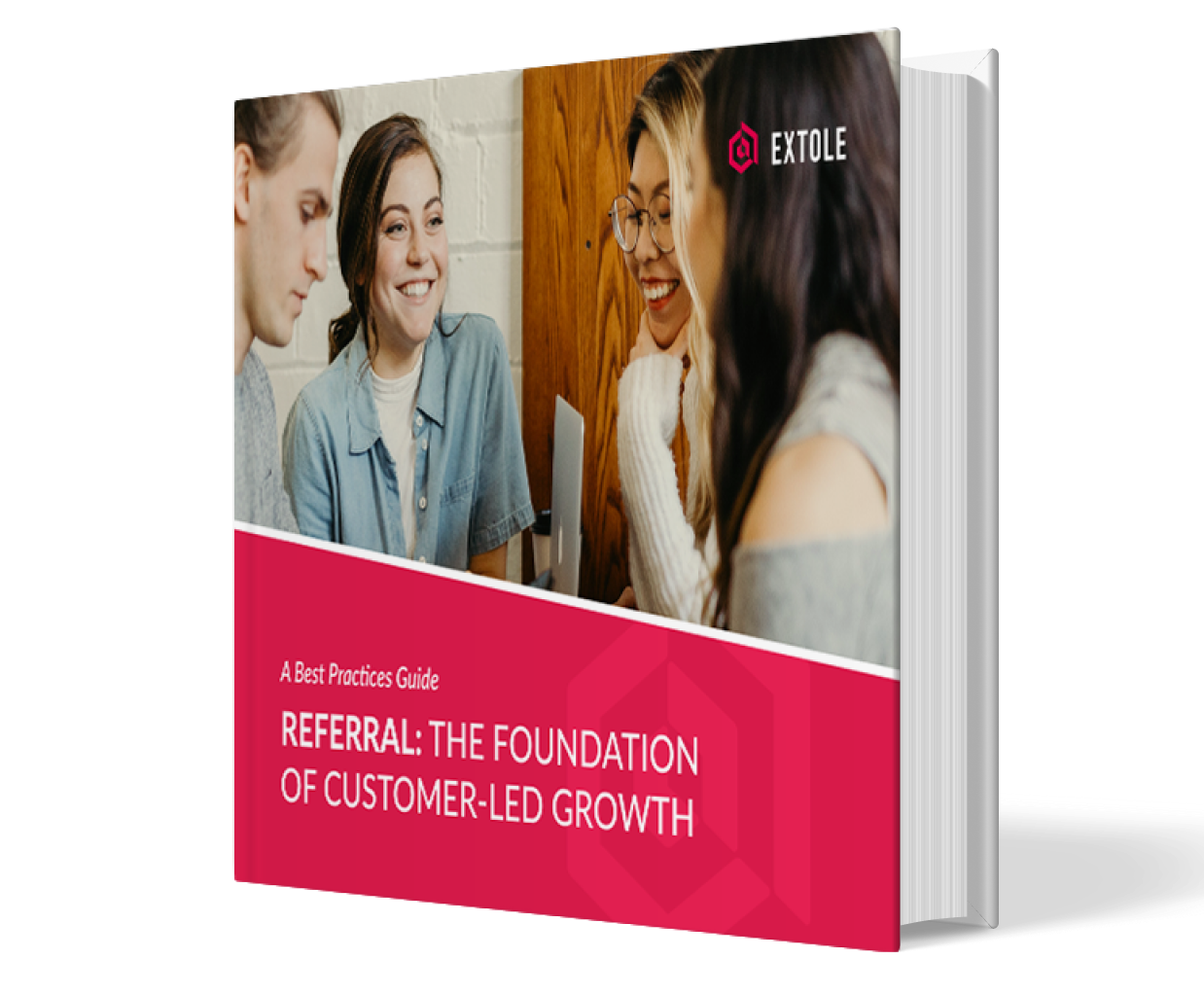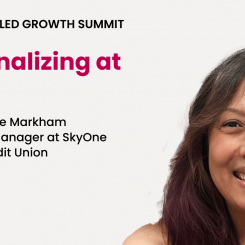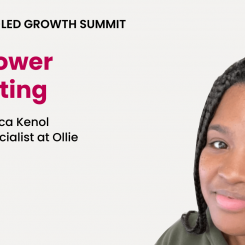Advertising is quickly becoming less about running ads on social media and buying ad space online and more about advertising in a way that’s relevant to customers and builds brand awareness.
That means companies, like large CPG companies, are making a switch and spending less on digital advertising. So instead of throwing money into a void and hoping for the best, these companies are instead putting their budgets towards attracting more customers and building their brand.
This is because the issue of decreasing ad spend is twofold:
- The “right” people aren’t seeing ads anymore. A lot of money is spent on ads that do nothing to boost revenue or ad value.
- It’s become more common for ads to appear next to objectionable content that companies feel hurt their brand.
It comes down to marketers not wanting to throw money away on efforts that don’t have any value to customers and don’t have a solid ROI. Plus, they want to be able to protect how their brands are viewed by people who see their ads.
Here’s what advertising looks like today and what you can do to get in front of more people while building brand awareness.
The current state of affairs
Not long ago, Proctor & Gamble (P&G) cut over $100 million in what it deemed to be ineffective digital marketing and realized that it had zero impact on growth and revenue. The driving force behind their decision was the realization that their ads weren’t being seen by people, let alone their target audience. Instead, their ads were appearing on sites flagged as having “fake” traffic. Meaning, P&G was spending a lot on ads that weren’t adding any value anywhere and weren’t helping to boost revenues.
[Source]
P&G also realized that ads placed on sites like YouTube were popping up next to offensive content that they felt could hurt their brand.
P&G finance chief Jon Moeller explains, “What [this move] reflected was a choice to cut spending from a digital standpoint where it was ineffective, where either we were serving bots as opposed to human beings or where the placement of ads was not facilitating the equity of our brands.”
Other large CPG companies are also cutting back on digital marketing in favor of finding new ways to promote their product and control where it’s placed and who sees it.
The goal is to explore new ways to ensure they put out quality ads that focus on boosting how brands are perceived vs. just selling products. The hope is that over time, this approach to advertising will allow for more efficient ad budgets and drive up organic sales.
But CPG companies aren’t the only ones shifting their approach. The companies they work with are also making changes. WPP is the largest advertising agency in the world and they’ve seen a drop in revenue. Last year, WPP’s CEO Sir Martin Sorrell said he expected growth in digital ad spend to slow over the next few years due to concerns over viewability, ad fraud and measurement.
It’s clear that these shifts indicate a changing tide and the need for new approaches to advertising. Platforms play a huge role in that.

Referral Marketing – The Best Practices You Need to Know
Written by veteran referral marketers, this guide will help you optimize your referral marketing program and supercharge growth.
Get the GuideThe effects of budget cuts are widespread
Platforms like Google and Facebook play huge roles in helping companies promote and advertise their products. They’re aware of the concerns companies have and are working on improving the advertising experience.
For starters, Google has put in place precautions to track and take down sites with fake traffic. They’re also working on ways to give companies more insight into where their ads will appear online. For its part, YouTube is using machine learning to help brands decide on where their ads will appear on the platform.
These efforts are important because companies like Google, that own multiple platforms, have to optimize all of their platforms. It shouldn’t matter where companies choose to put their ads, companies need to feel assured that they’ll have control over how their ads will be seen and managed.
This extra effort on Google’s part has encouraged a few companies to return to “traditional” forms of digital advertising while others, like P&G, are looking for new ways to get in front of customers.
For CPG companies that haven’t returned, these changes come a little too late for them. But even though they’ve shifted their approach to advertising, their digital ad budgets are growing. Their ads now focus on activation marketing – marketing that uses a combination of mobile, media, similar avenues – instead of banner ads.
[Source]
All of this is to say that marketers should use their budgets to focus on making their digital ad spend more ROI-driven, create relationships with customers and build brand awareness.
Let’s take a look at what you can do.
The evolution of ad marketing
This shift in digital marketing gives us some insight into just how complex the advertising process is. Marketers can manage their budget and decide who to target, but they have very little control over where their ads appear. They’re encumbered by “layers of middlemen and automation.”
To take back control, P&G, for example, will “put more focus on product and package benefits.” The new focus will be on sharing strong brand messaging as another way to get people to take action.
Your advertising can do the same thing by focusing on building real customer connections through advocate and people-based marketing and/or loyalty programs.
advocate marketing
Advocate marketing is a little like referral marketing because it relies on current customers promoting your business to their friends and family.
It’s effective because 84% of people trust opinions and product recommendations from their friends and family. They’re more likely to buy because of this versus buying because of an ad they saw somewhere one time.
Laura Ramos, VP and Principal Analyst at Forrester explains the benefits of advocacy marketing, “If you think about it, customer case studies, testimonials, referral and references have been the lifeblood of sales forever.” She goes on to explain that it’s vital to have “customers that sing your praise and sing it to a broader audience that you can reach.”
people-based marketing
As the name suggests, people-based marketing is targeted, personalized and based on customer behaviors. People only see relevant ads that they’ll likely be interested in and act on. It focuses on marketing across different types of mobile devices depending on where customers spend their time.
Danielle Lee, Global VP, Partner Solutions at Spotify explains it this way, “People-based marketing represents an industry shift from targeting devices to connecting with the right people at the right time, with the right message.”
Your interaction with customers might start out with an ad they see on their phone and end with another ad they see while on their tablet. This is key to this type of marketing because over 40% of people enter the sales funnel on one device but eventually convert on another one.
Loyalty programs
Loyalty programs motivate customers to use more products under your brand umbrella, which boosts brand awareness and growth. For example, Sephora has built a loyalty program around a points system. The more customers buy, the more points they get towards buying more beauty products.
Loyalty programs are valuable for growth and revenue because research shows that “a 5% increase in customer retention can lead to a 25-100% increase in profit for your company.”
This kind of advertising can incorporate social media, but these platforms have to be proactive in protecting where ads are seen and have clearer guidelines around who sees the content.
It’s time to rethink your advertising strategy
Going forward, advertising can’t just be about making sales, it has to also be about educating customers about the benefits of using a product and why they can incorporate one brand better than another.
Instead of asking people to buy something, give customers the answers to their questions and show them why you’re better than anything else on the market.
When it comes to P&G’s new strategy, Moeller says, “We are improving the quality of consumer insights, agency creative talent, and production. We are applying a body of assessment on advertising quality.” Meaning advertising is becoming even more precise and targeted.





